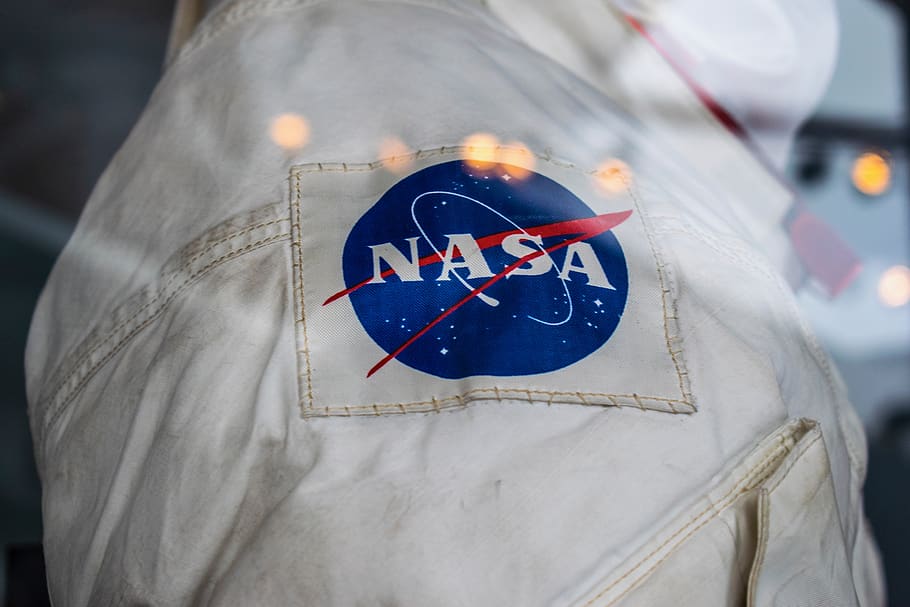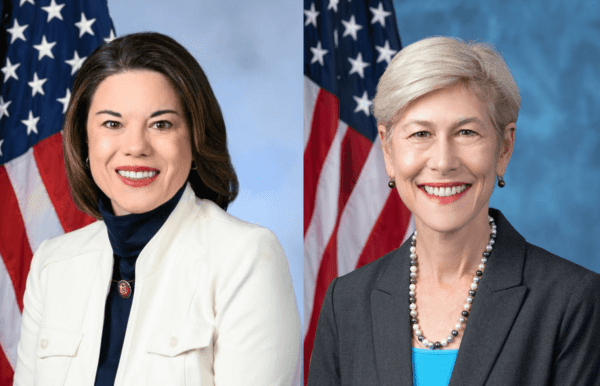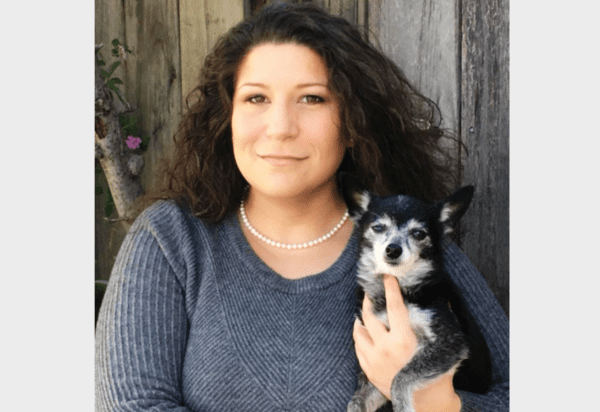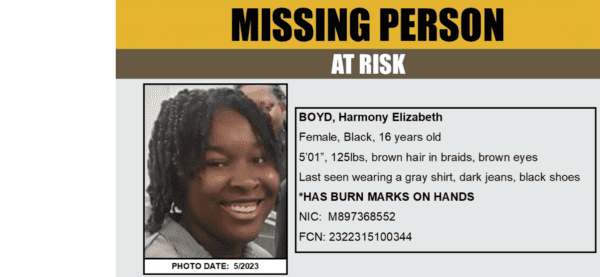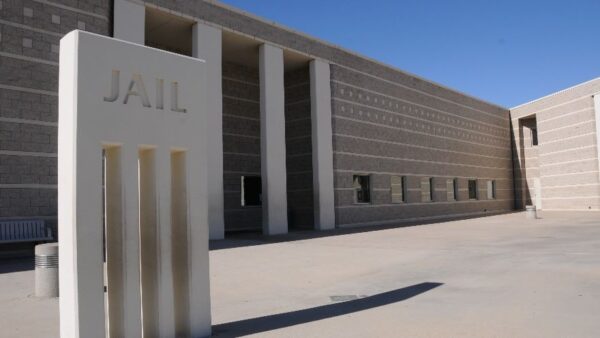By HeyWire
NASA held its first public meeting on Wednesday to discuss the preliminary findings from the agency’s ongoing investigation of unidentified flying objects and aerial phenomena. The study, launched in June 2022, aims to better understand these unidentified objects for national security and air safety reasons.
During the hearing, Sean Kirkpatrick, the director of the Defense Department’s All-Domain Anomaly Resolution Office (AARO), revealed that his office receives around 50 to 100 new reports each month concerning strange aerial phenomena. However, he noted that only two to five percent of these sightings are “possibly really anomalous,” requiring further investigation.
Many of the experts present during the hearing expressed frustration at the ongoing stigma and harassment they experience due to their work in this field. Some scientists noted that they’ve been harassed online for their work, affecting their ability to conduct proper research.
The panel urged for the need to remove this stigma and called for greater transparency in their approach to researching these unidentified aerial objects. David Spergel, NASA’s UAP team chair, emphasized in the hearing that “there is a need for high-quality data to address important questions about UAPs.”
The science community’s growing interest in identifying and understanding these unidentified objects is challenging the well-established UFO stigma which has long contributed to skepticism and ridicule of those that investigate the phenomenon. Spergel encouraged the public to remain open-minded about the possibility of further research findings and emphasized the need for transparency to counter conspiracy theories.
The hearing also included retired astronaut Scott Kelly, the first American to spend nearly a year in space. He highlighted the need to separate unexplained anomalies in the sky, space, and sea from optical illusions or identification errors that can be explained.
Kelly recounted a TOMCAT flight off Virginia Beach several years ago when his radar-intercept officer in the back seat was convinced they had flown past a UFO. Despite his colleague’s insistence, Kelly identified the anomaly as an optical illusion, emphasizing the challenges in separating fact from fiction.
The hearing was not without controversy, as the live-streamed meeting led to considerable trolling and harassment of several committee members on social media. NASA security is currently dealing with the situation, and the committee emphasized the need to push forward with their evidential, fact-based methodology despite such distractions.
NASA and AARO’s ruling out of any extraterrestrial involvement in these UFO sightings may reignite skepticism; however, it is important to remember that the study and research into the phenomenon of unidentified flying objects is still in its early stages. As the investigation proceeds, it would be wise to keep an open mind while expecting greater transparency, much-needed data, and a rigorous, evidence-based approach from the scientific community.

